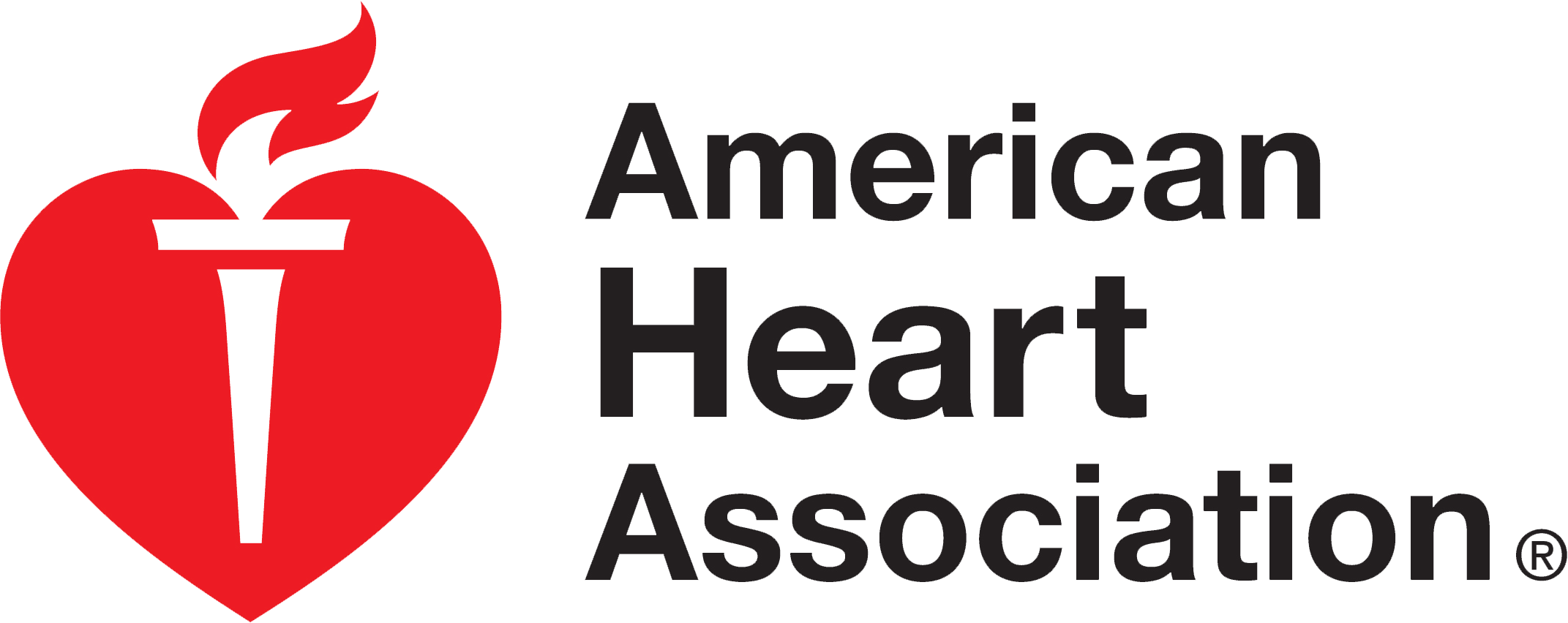Links
American Heart Association
Mission of the American Heart Association
The American Heart Association is a national voluntary health
agency whose mission is: Building healthier lives, free of
cardiovascular diseases and stroke.
The mission statement was updated by the American Heart Association during its Annual Meeting in April 2007. The mission statement undergoes a formal review process every third year.
The association's impact goal is to reduce coronary heart disease, stroke and risk by 25 percent by 2010.

American Heart Association: Congenital Heart Disease
American Heart Association Information on Congenital Heart Defects
Congenital heart defects are structural problems with the heart present at birth. They result when a mishap occurs during heart development soon after conception and often before the mother is aware that she is pregnant. Defects range in severity from simple problems, such as "holes" between chambers of the heart, to very severe malformations, such as complete absence of one or more chambers or valves.

American Heart Association Children's Health
American Heart Association Information on Children's Health
Adults aren’t the only ones at risk for heart disease, stroke and other cardiovascular diseases; increasingly, kids are at risk too. That is why the American Heart Association is working to help kids and families live heart-healthy lives.

Congenital Heart Information Network
Congenital Heart Information Network
C.H.I.N. is a national organization that provides reliable information, support services, financial assistance and resources to families of children with congenital heart defects and acquired heart disease, adults with congenital heart defects, and the professionals who work with them.

March Of Dimes
March of Dimes Birth Defects Foundation
More than 32,000 infants (one out of every 125 to 150) are born with heart defects each year in the United States. The defect may be so slight that the baby appears healthy for many years after birth, or so severe that its life is in immediate danger.


